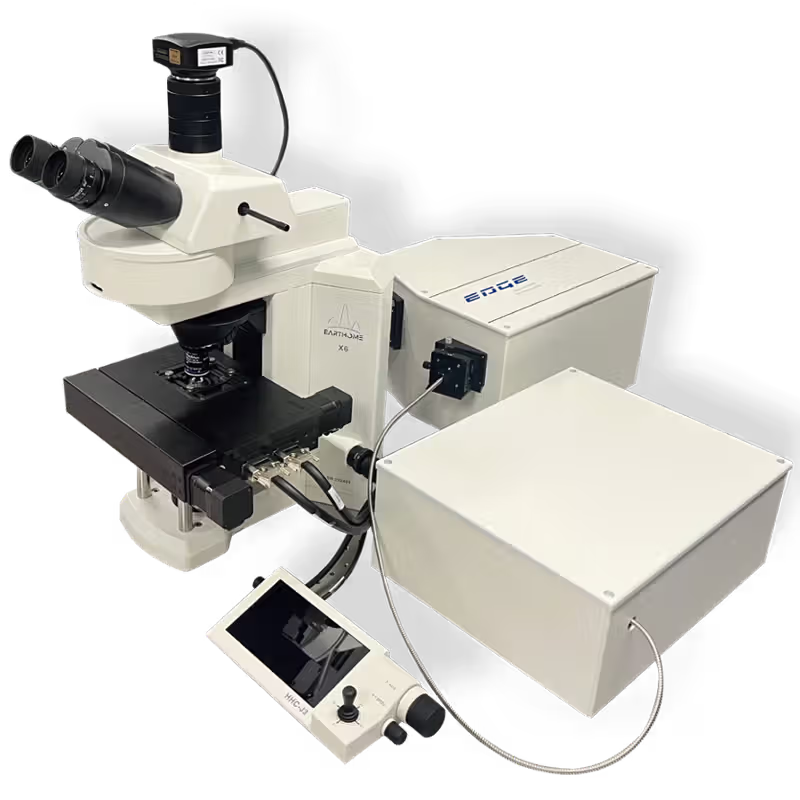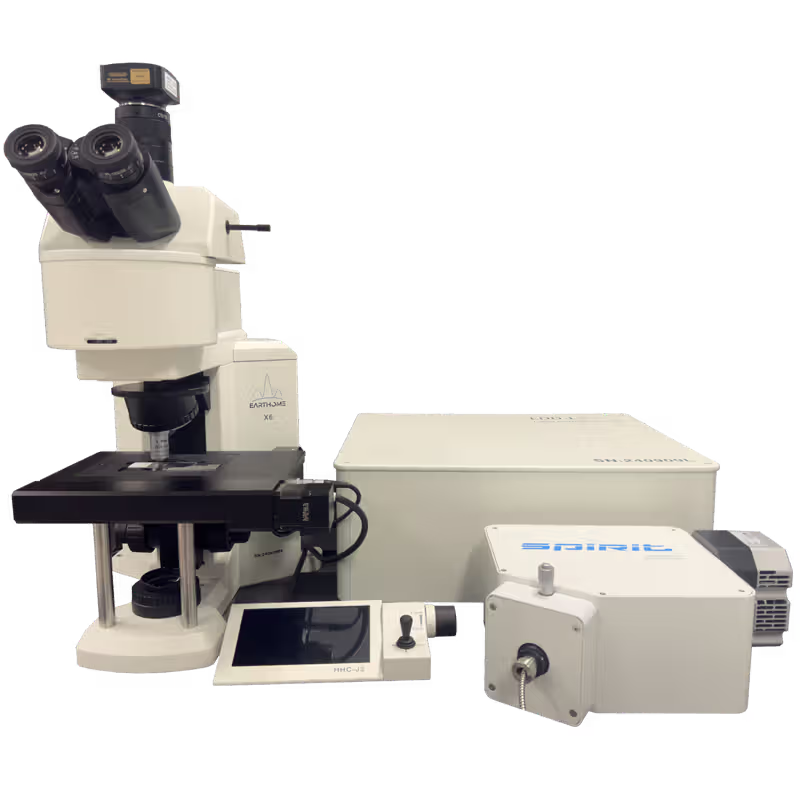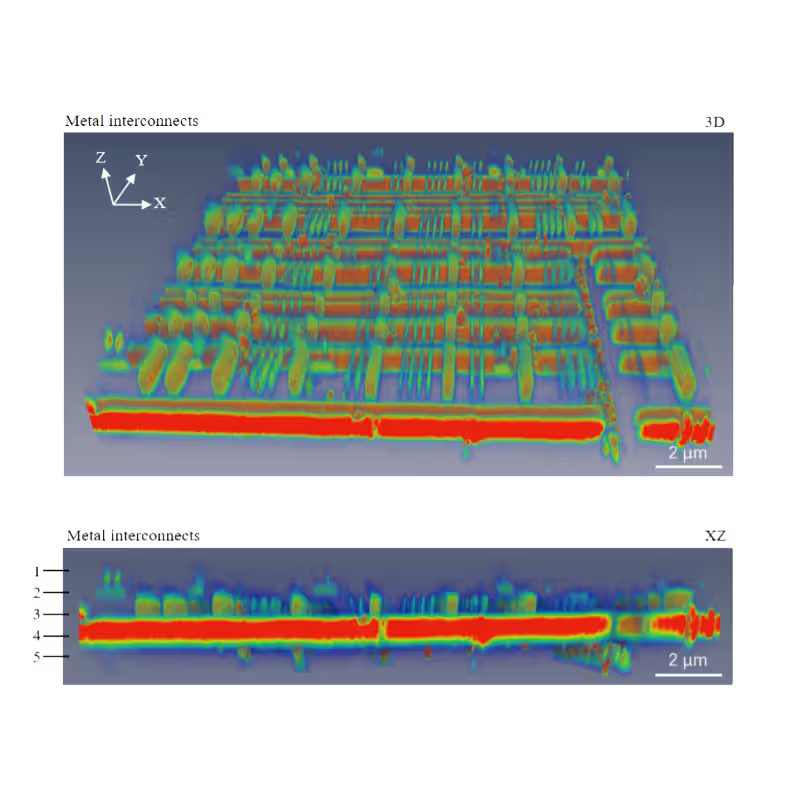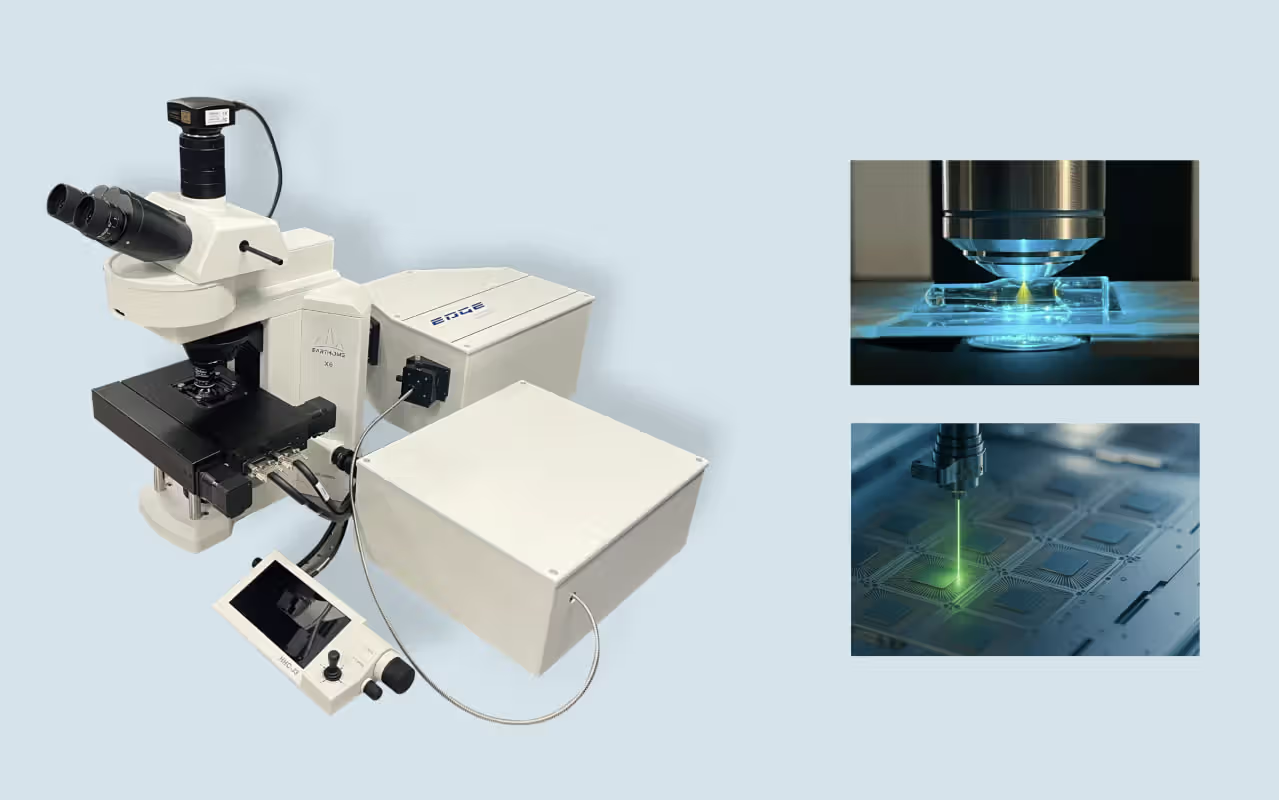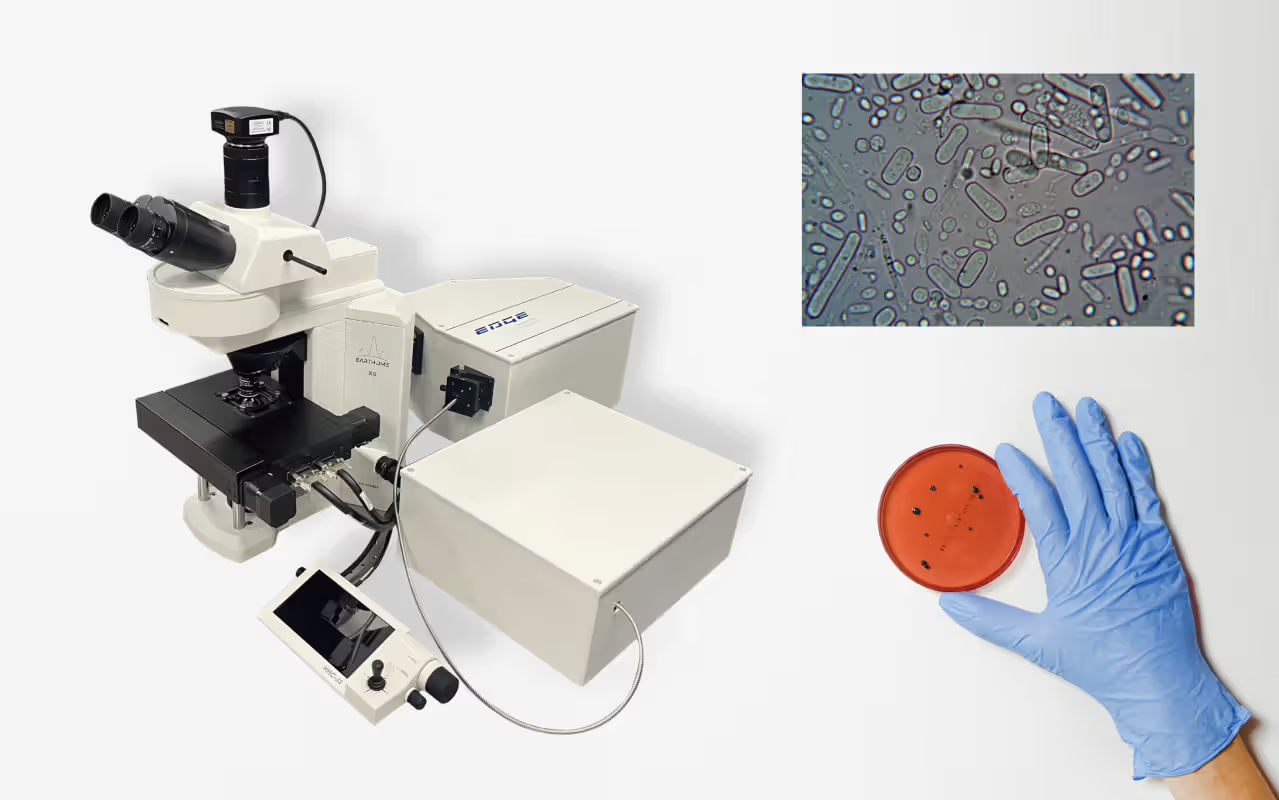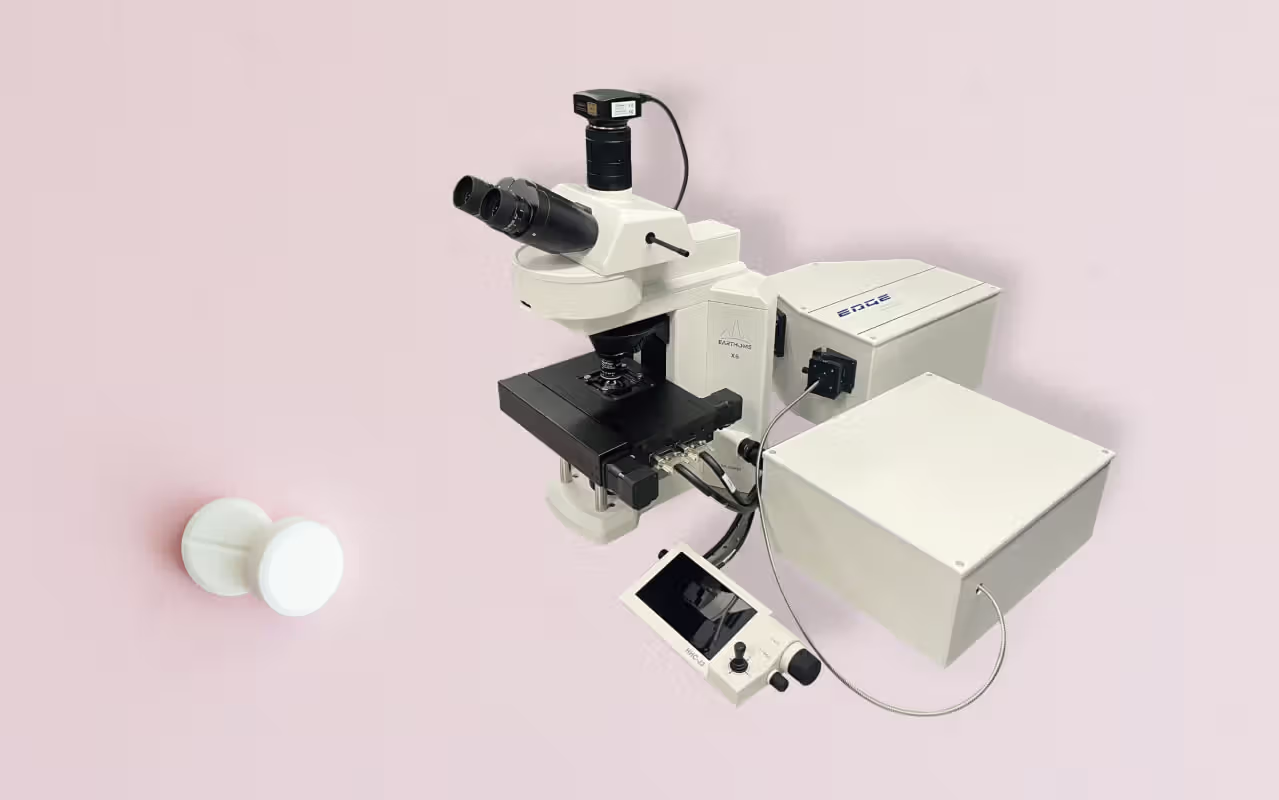Raman Scattering Process


Raman scattering is based on the interaction between photons and the electron clouds and molecular bonds in molecules. For the spontaneous Raman effect, photons excite molecules from the ground state to a virtual energy state. When the excited molecules emit a photon, they return to a rotational or vibrational state different from the ground state. The energy difference between the ground state and the new state causes the frequency of the emitted photon to differ from the wavelength of the exciting light.
The scattering of light by a sample is proportional to P. Therefore, we can directly obtain the components of the scattering spectrum from P.
The first term is Rayleigh scattering, where the frequency of the scattered photon is the same as that of the incident photon.
The second and third terms are collectively referred to as Raman scattering, in which the frequency of the scattered photon is different from that of the incident photon, and the frequency difference is equal to the vibrational frequency of the molecule. The second term is Stokes scattering. When a molecule interacts with an incident photon, the molecule is in the ground state, and after Raman scattering occurs, the molecule is excited to the vibrational excited state by the incident light. Hence, the frequency of Stokes scattered photons is lower than that of incident photons. The third term corresponds to anti-Stokes Raman scattering. When a molecule interacts with an incident photon, the molecule is in the vibrational excited state, and after Raman scattering occurs, the molecule returns to the ground state. The energy of molecular vibration is transferred to the scattered photon, so the frequency of anti-Stokes photons is higher than that of incident photons.
The scattering of light by a sample is proportional to P. Therefore, we can directly obtain the components of the scattering spectrum from P.
The first term is Rayleigh scattering, where the frequency of the scattered photon is the same as that of the incident photon.
The second and third terms are collectively referred to as Raman scattering, in which the frequency of the scattered photon is different from that of the incident photon, and the frequency difference is equal to the vibrational frequency of the molecule. The second term is Stokes scattering. When a molecule interacts with an incident photon, the molecule is in the ground state, and after Raman scattering occurs, the molecule is excited to the vibrational excited state by the incident light. Hence, the frequency of Stokes scattered photons is lower than that of incident photons. The third term corresponds to anti-Stokes Raman scattering. When a molecule interacts with an incident photon, the molecule is in the vibrational excited state, and after Raman scattering occurs, the molecule returns to the ground state. The energy of molecular vibration is transferred to the scattered photon, so the frequency of anti-Stokes photons is higher than that of incident photons.

